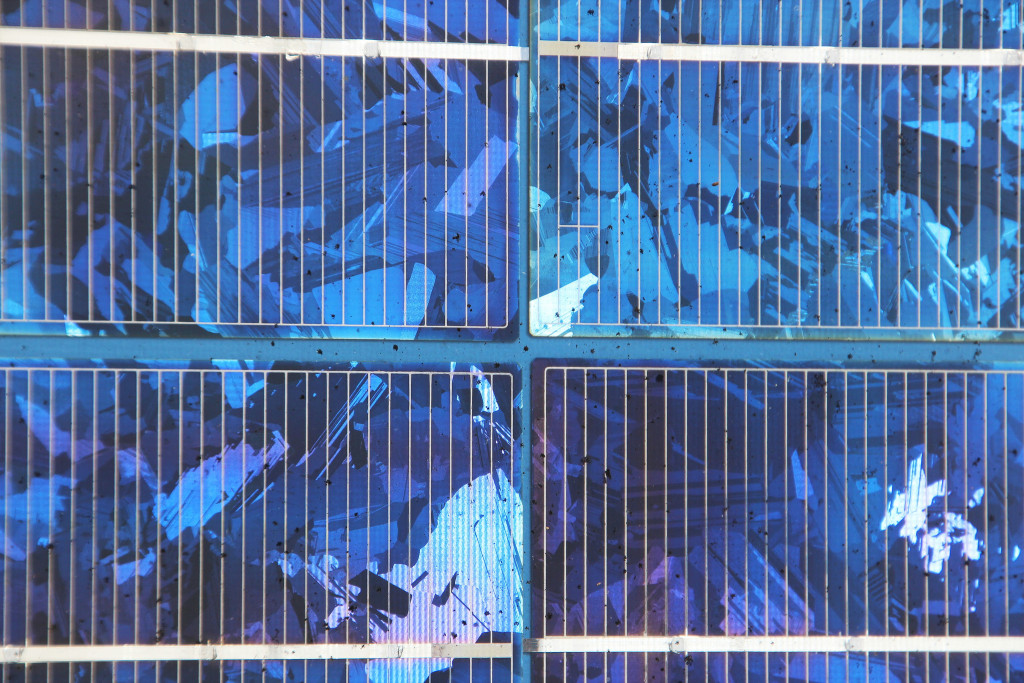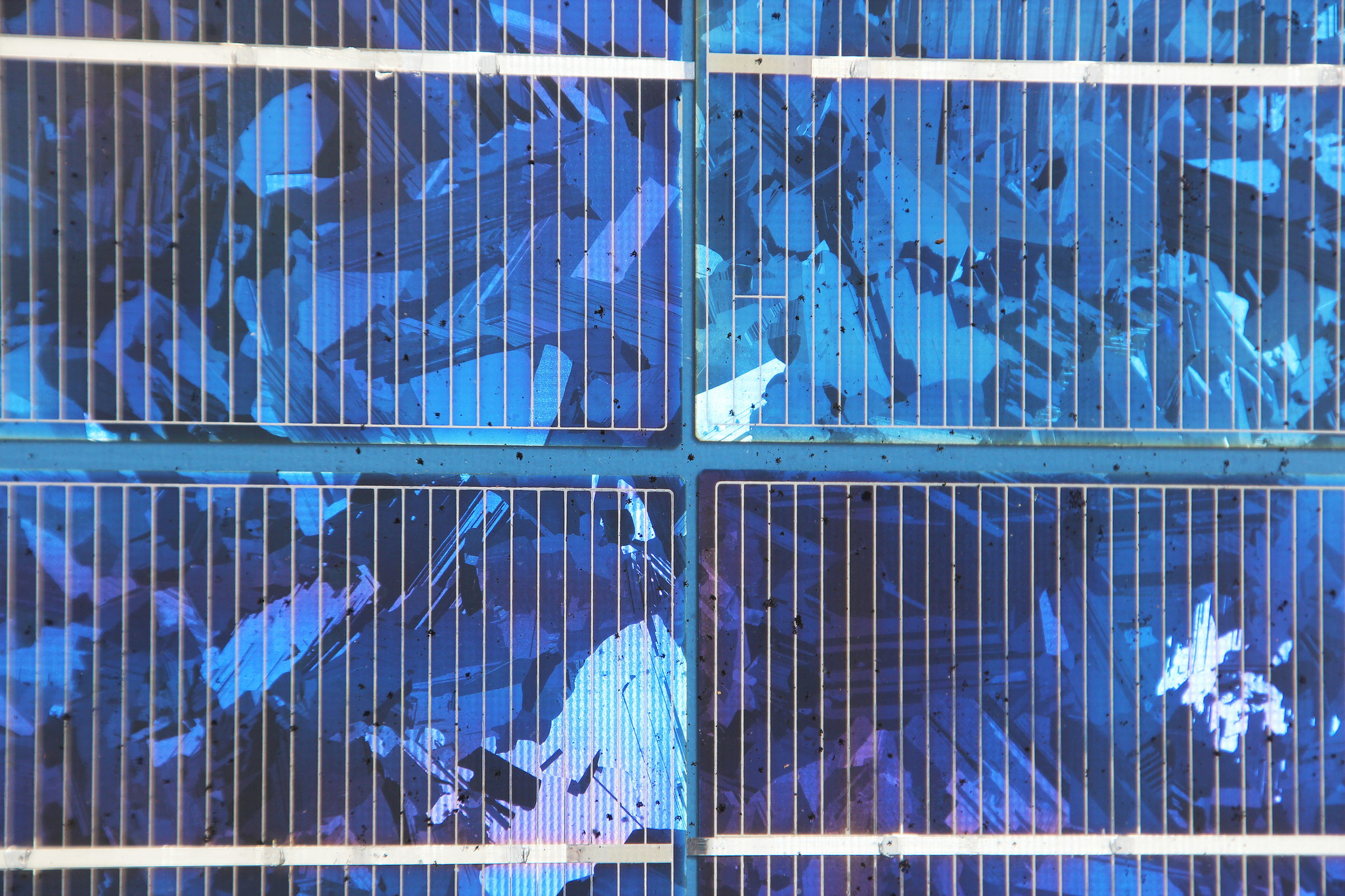
Japan is an island country with over 125 million people and doesn’t have much land to spare. The country is largely mountainous and has no room for large-scale solar plants. It has long embraced solar power, but has to be creative about where to put the solar panels.
Clean energy companies are turning to lakes, wetlands, ponds and canals as potential sites for photovoltaic panels. Floating solar structures have been announced in the UK, Australia, India and Italy.
Japan is rich in reservoirs because of its sprawling rice industry. Soon, the world’s largest floating solar plant will be built on the reservoir of Japan’s Yamakura Dam, just east of Tokyo. When completed in about a year from now, it will cover about 2 million square feet, hold 50,000 solar panels, and power about 5,000 households.
Placing solar panels on water instead of land frees up surrounding land for agricultural use, conservation, or other development. On the other hand, there are unique difficulties. The installation has to be waterproofed, it has to be storm-proofed, and it has to adhere to regulations on water quality. To follow environmental rules, solar plants are located in the center of the water, away from banks rich with flora and fauna.
Some energy companies are looking at ocean-based solar farms. More than ¾ of our planet is ocean, so there is plenty of room to work in. New problems arise though, such as the effects of salt water and rough seas. Nevertheless, the Yamakura installation may be the world’s biggest solar plant for the time being, but it isn’t likely to be for too long.
*********
.
Web Links
Solar Panels Floating on Water Will Power Japan’s Homes
Photo, posted December 28, 2014, courtesy of Takver via Flickr.
.
Earth Wise is a production of WAMC Northeast Public Radio.
tôi muốn xem Kết quả bóng đá – hôm nay !
